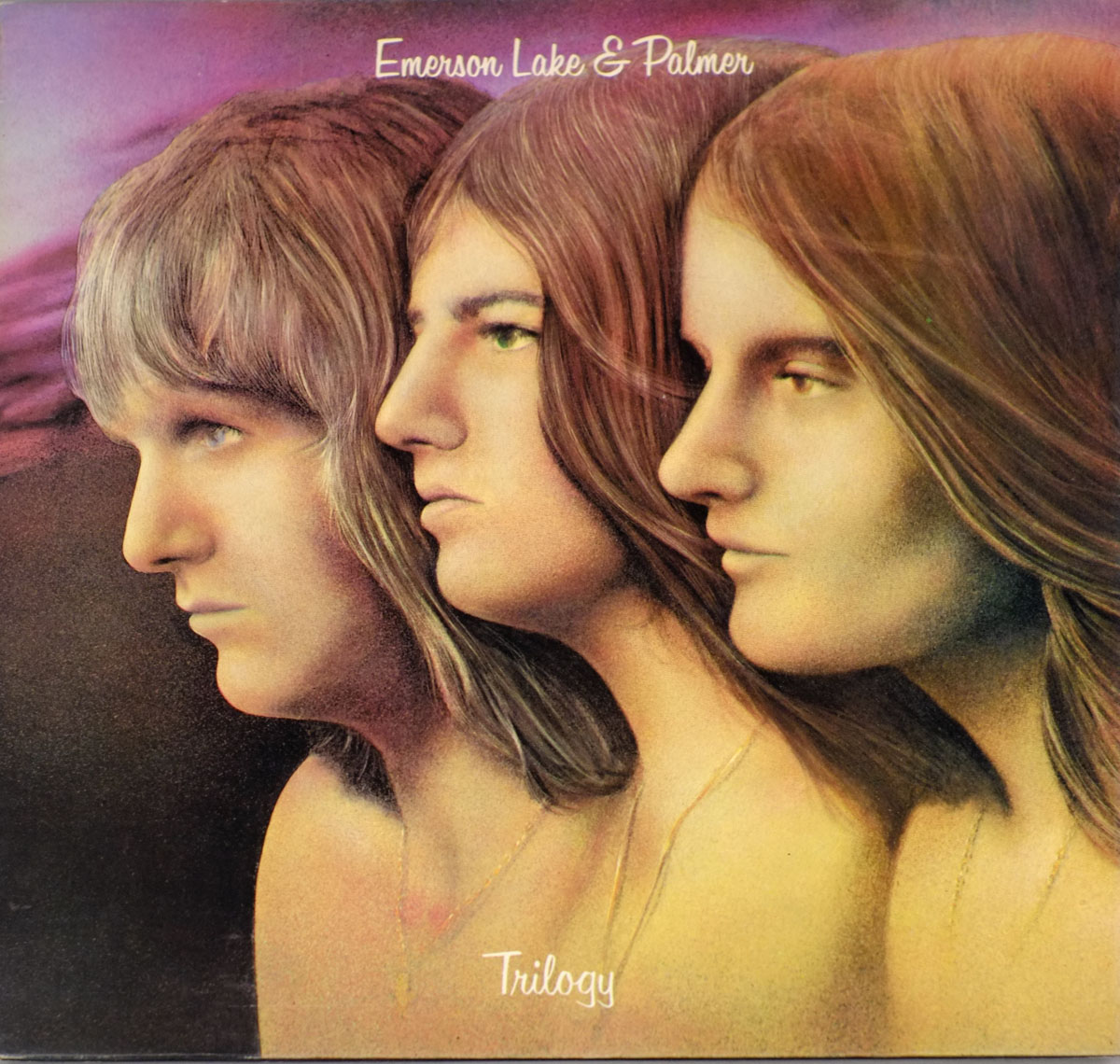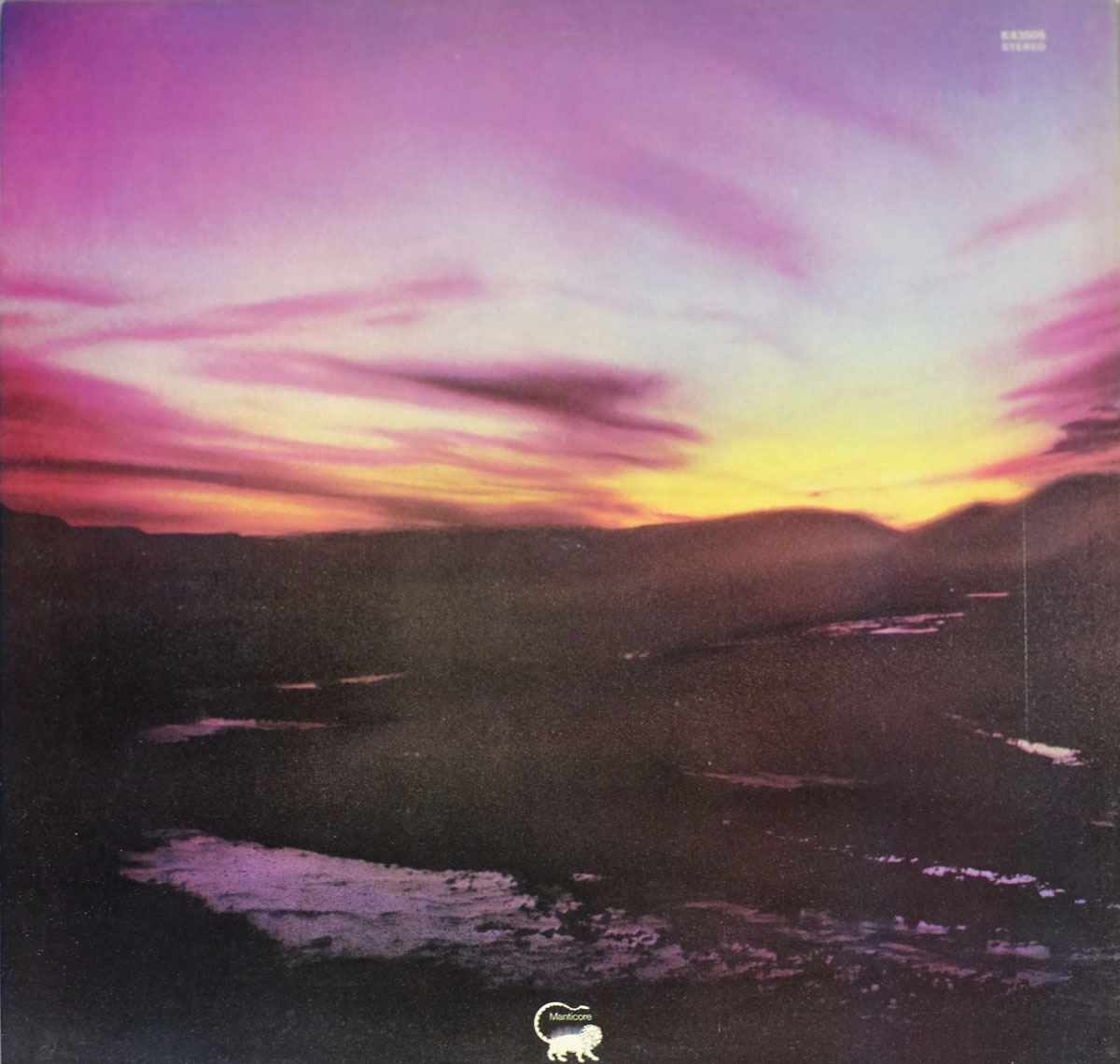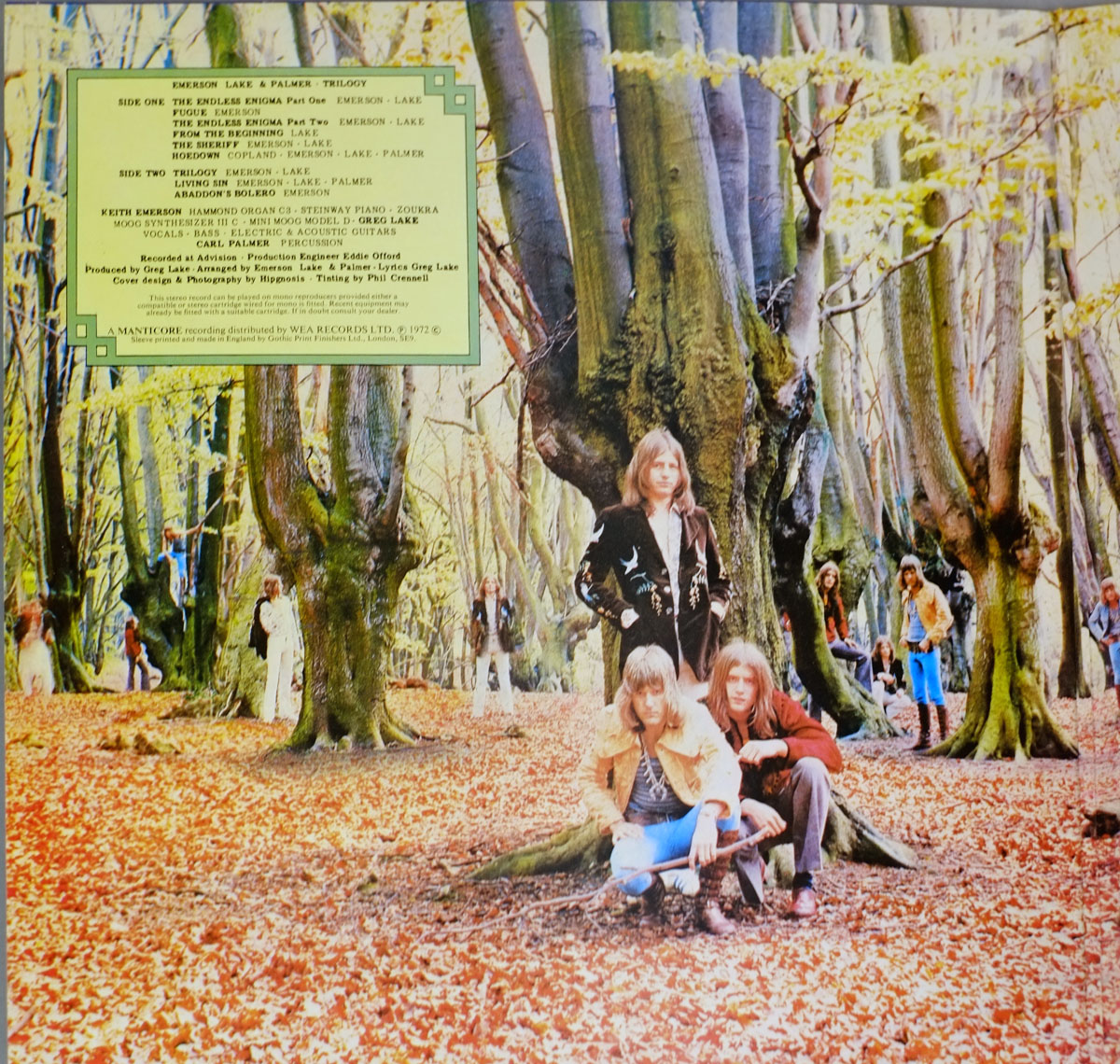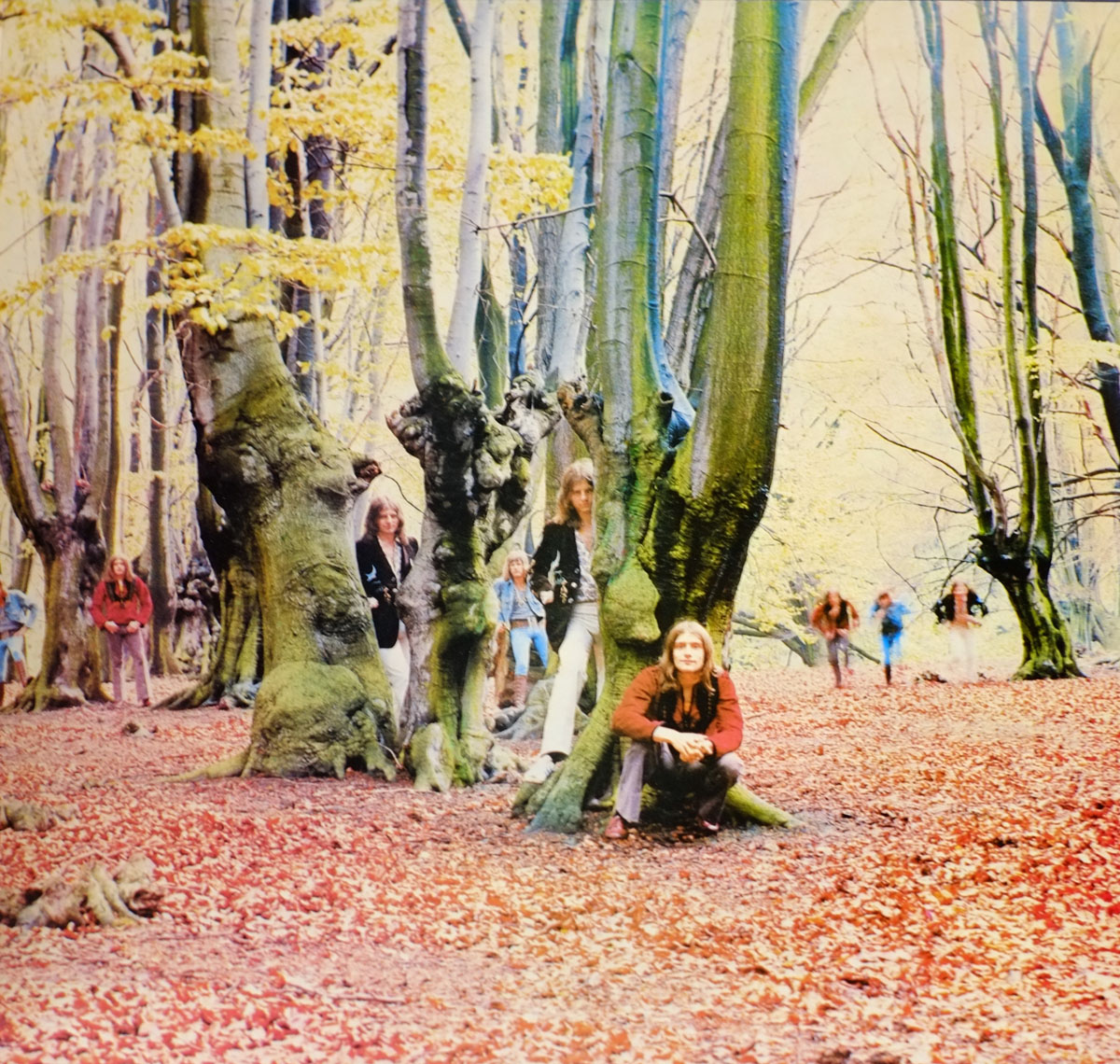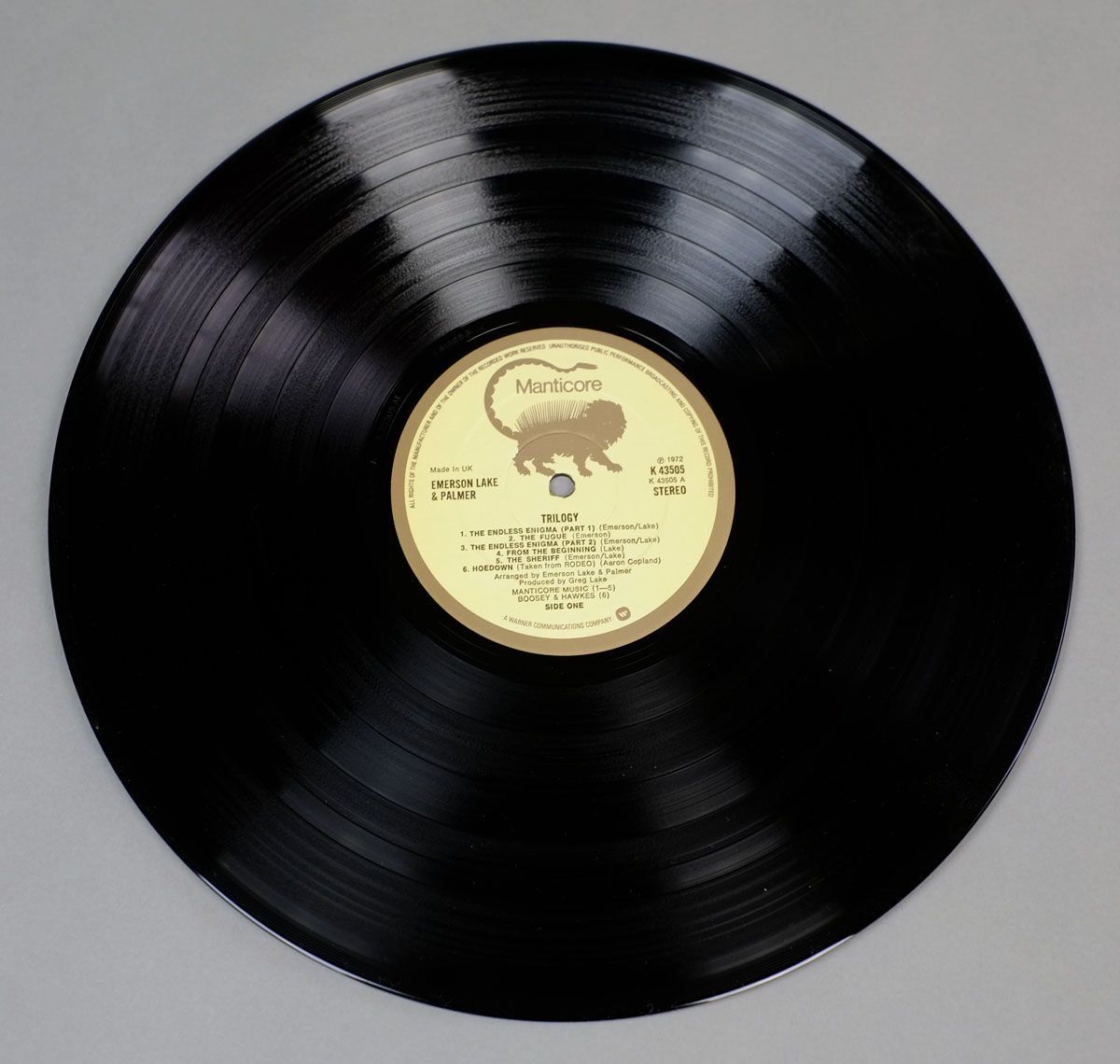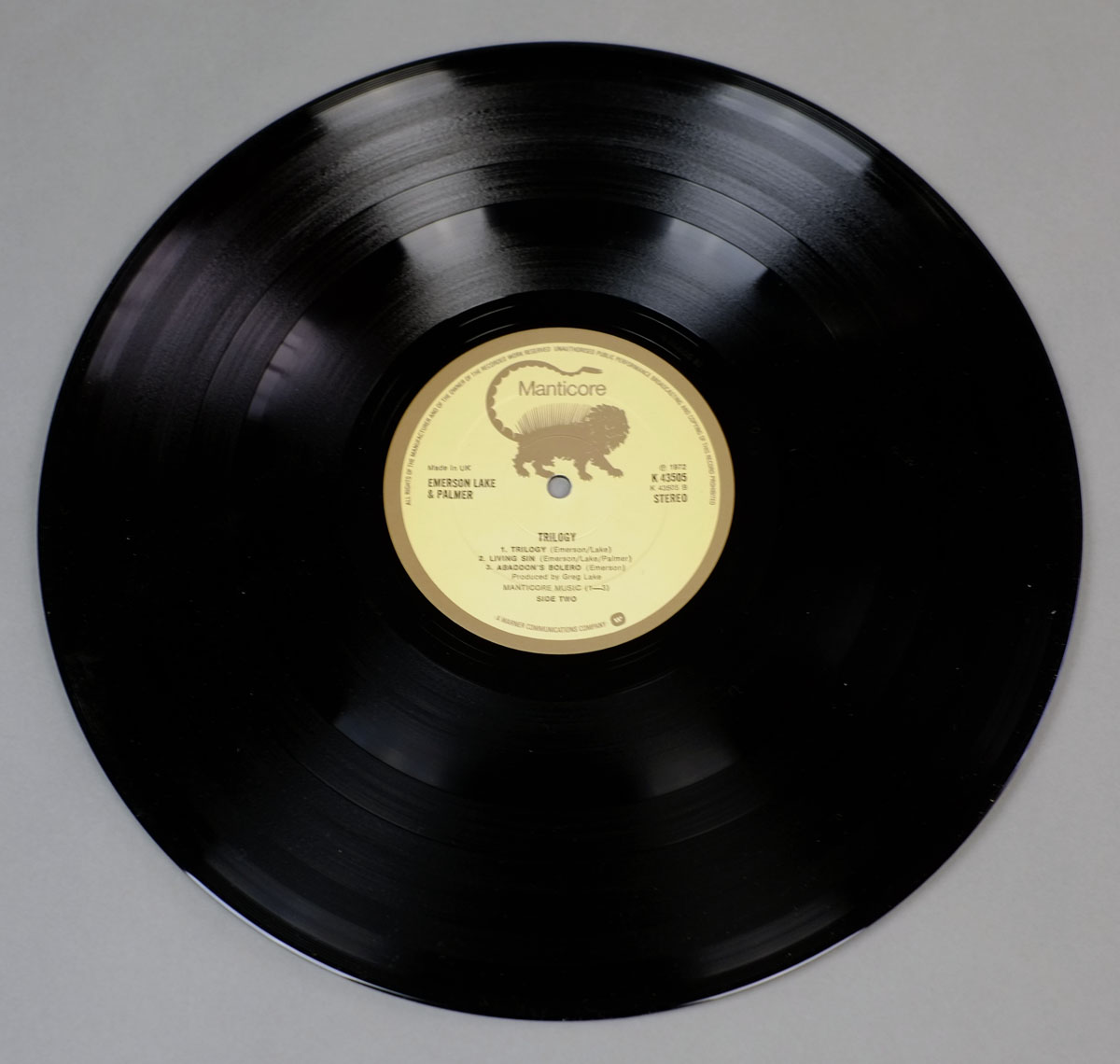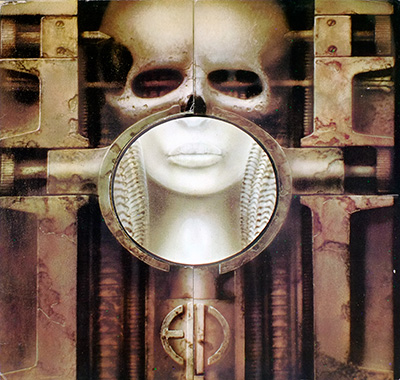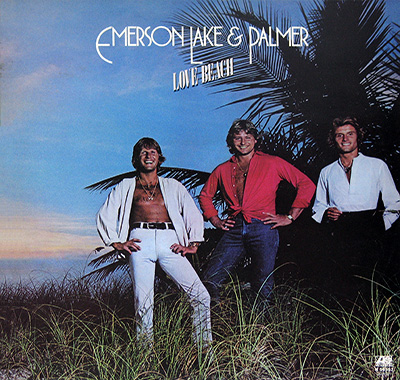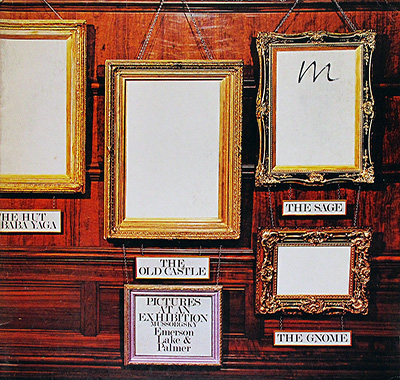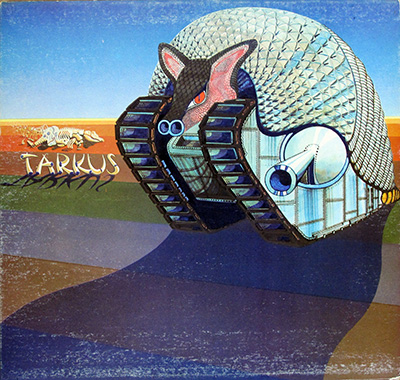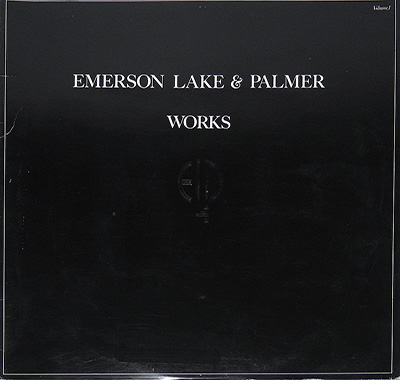"Trilogy" Album Description:
In the musical landscape of 1972, the UK witnessed the release of "Trilogy," a groundbreaking album by the iconic progressive rock band Emerson, Lake & Palmer (ELP). Produced by the renowned Greg Lake, this masterpiece not only left an indelible mark on the music scene of its time but also contributed significantly to the evolution of progressive rock.
Production Prowess: A Symphony of Skill
At the helm of production, Greg Lake demonstrated his musical prowess, steering the ship of "Trilogy" into uncharted waters. The album showcased a seamless fusion of classical influences, jazz improvisation, and rock elements, a signature style that defined ELP's progressive sound. The meticulous craftsmanship in the production process, coupled with Lake's visionary approach, elevated the album to a realm of musical sophistication.
Eddie Offord, the sound and recording engineer, played a crucial role in capturing the intricate layers of sound that characterize "Trilogy." His technical expertise ensured that each instrument, from Keith Emerson's virtuosic keyboards to Carl Palmer's dynamic percussion, was presented with unparalleled clarity. The Advision studio, where the album was recorded, became the sonic canvas for ELP's artistic expression.
Visual Harmony: The Album's Aesthetic Appeal
Beyond its musical brilliance, "Trilogy" boasted an album cover design that added a visual dimension to the auditory experience. The iconic cover, crafted by the visionary design team Hipgnosis, reflected the mystical and enigmatic themes woven throughout the album. The gatefold cover not only protected the vinyl within but also unfolded a visual narrative that complemented the sonic journey within.
Photography by Hipgnosis and tinting by Phil Crennell further enhanced the aesthetic appeal, creating a holistic artistic expression. The meticulous attention to detail in the album's visual elements echoed the precision found in its musical composition.
Manticore Records and the Release: A Milestone in 1972
Released under Manticore Records with the catalog number K43505, "Trilogy" marked a milestone in the UK music scene of 1972. The record label, founded by ELP themselves, provided a platform for the band's creative freedom. The release of "Trilogy" under Manticore Records reinforced the significance of artists taking control of their artistic direction.
|
Music Genre:
Prog Rock |
|
Album Production Information:
The album: "EMERSON LAKE PALMER ELP - Trilogy FOC (UK)" was produced by:
Greg Lake
Sound/Recording Engineer(s):
Eddie Offord
This album was recorded at:
Advision Advision Recording Studio, located in central London, UK, was originally known as Guy De Bere Studios, built on the site of a former school. Initially designed for jingles and voice-overs, it transitioned to a premier recording facility under Guy Whetstone and Stephen Appleby, equipped with a Telefunken four-track tape machine. Renowned for iconic 1960s and 1970s pop and rock recordings, the studio later became The Sound Company in 1993, undergoing further development.
Album cover design & Photography Hipgnosis
Tinting by Phil Crennell
|
|
Record Label & Catalog-nr: Manticore K43505 |
| Packaging:Gatefold/FOC (Fold Open Cover) Album Cover Design with artwork / photos on the inside cover pages |
|
Media Format:
12" LP Vinyl Stereo Gramophone Record
Total Album (Cover+Record) weight: 280 gram |
|
Year & Country:
1972 Made in UK |
